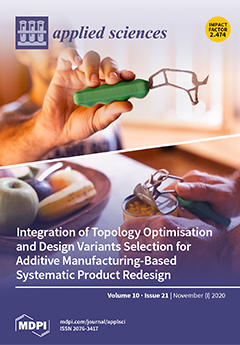Soil moisture plays a significant role in surface energy balance and material exchange. Synthetic aperture radar (SAR) provides a promising data source to monitor soil moisture. However, soil surface roughness is a key difficulty in bare soil moisture retrieval. To reduce the measurement
[...] Read more.
Soil moisture plays a significant role in surface energy balance and material exchange. Synthetic aperture radar (SAR) provides a promising data source to monitor soil moisture. However, soil surface roughness is a key difficulty in bare soil moisture retrieval. To reduce the measurement error of the correlation length and improve the inversion accuracy, we used the surface roughness (
Hrms,
root mean surface height) and empirical correlation length
lopt as proposed by Baghdadi to introduce analytical equations of the backscattering coefficient using the calibrated integral equation model (CIEM). This empirical model was developed based on analytical equations to invert soil moisture for
Hrms between 0.5 and 4 cm. Experimental results demonstrated that when the incidence angle varied from 33.5° to 26.3°, R
2 of the retrieved and measured soil moisture decreased from 0.67 to 0.57, and RMSE increased from 2.53% to 5.4%. Similarly, when the incidence angle varied from 33.5° to 26.3°, R
2 of the retrieved and measured
Hrms decreased from 0.64 to 0.51, and RMSE increased from 0.33 to 0.4 cm. Therefore, it is feasible to use the empirical model to invert soil moisture and surface roughness for bare soils. In the inversion of the soil moisture and
Hrms, using
Hrms and the empirical correlation length
lopt as the roughness parameters in the simulations is sufficient. The empirical model has favorable validity when the incidence angle is set to 33.5° and 26.3° at the C-band.
Full article





